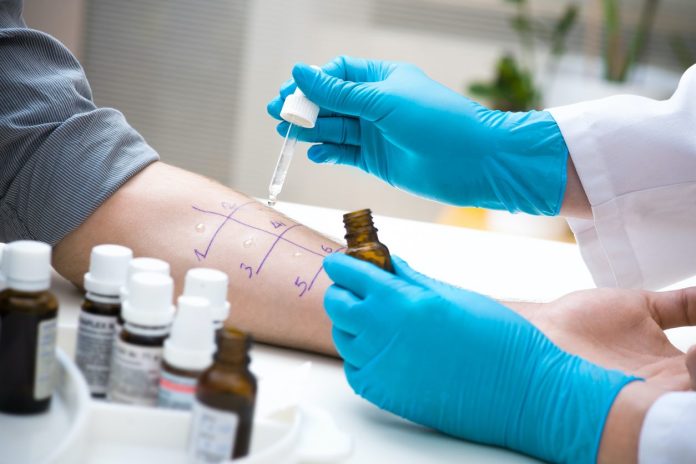More people are allergic to the most common treatments for allergies than allergists ever realized before. Allergist Luz Fonacier presented the most recent developments in detecting who may be allergic to allergy medications at the session of the annual meting of the American College of Allergy, Asthma and Immunology. The presentation was designed to acquaint physicians and allergy specialists with the latest methods of detecting sensitivity to allergy treatments before the treatment is begun.
Almost eight percent of people in the United States have occasional or seasonal allergies. Reactions to drugs produced 20 percent of hospitalizations in the world and 10 percent of the people in the world are allergic to some type of medication. The objective of the research is to identify those people that are allergic to the most commonly used allergy medications and prevent hospitalization and potential death.
Dr. Fonacier explained that a reaction to many common topical allergy relief medications and oral drug medications were not readily apparent because the reaction to the medication produced the same symptoms as the allergy. Common drugs that produce this effect are topical corticosteroids, antihistamines, antibiotics like bacitracin and neomycin, and antifungals. The most common response is an early reduction in allergy symptoms followed by a more severe return of the same or similar symptoms.
The commonality of the allergy symptoms and the drug allergy symptoms is what presents the problem in detection. Researchers have developed a patch test for commonly used drugs that treat allergies. The test is very similar to the allergen test that defines what a person is allergic to by producing an allergic response to a small amount of allergen. The allergy medicine test is readily available now.








